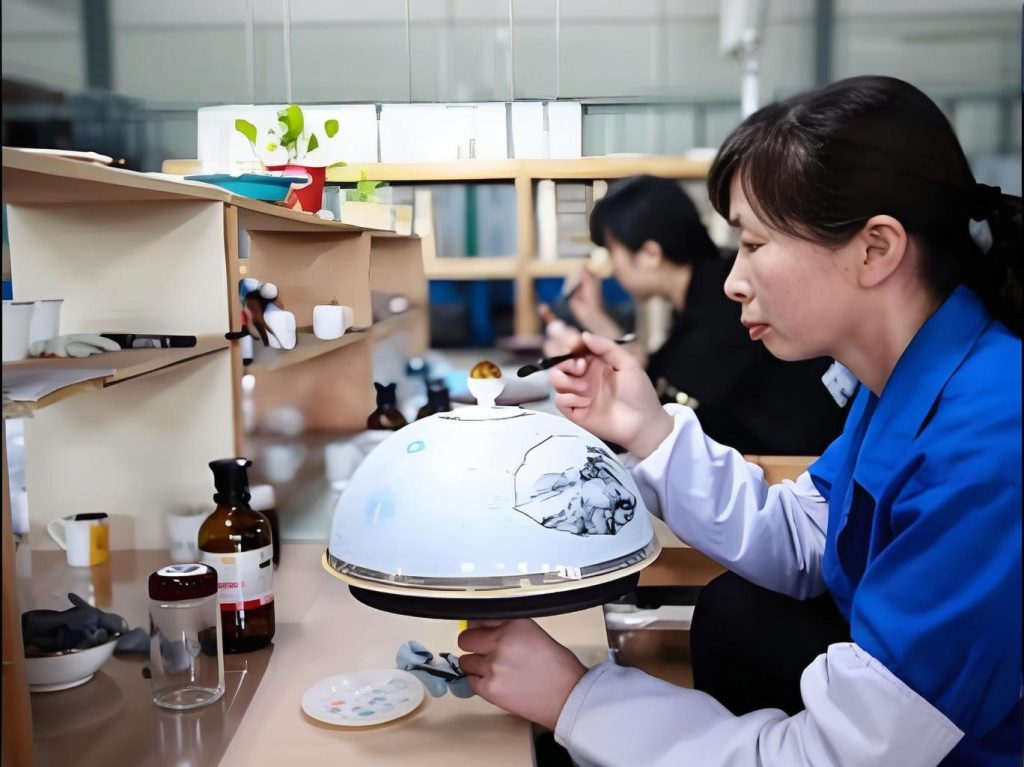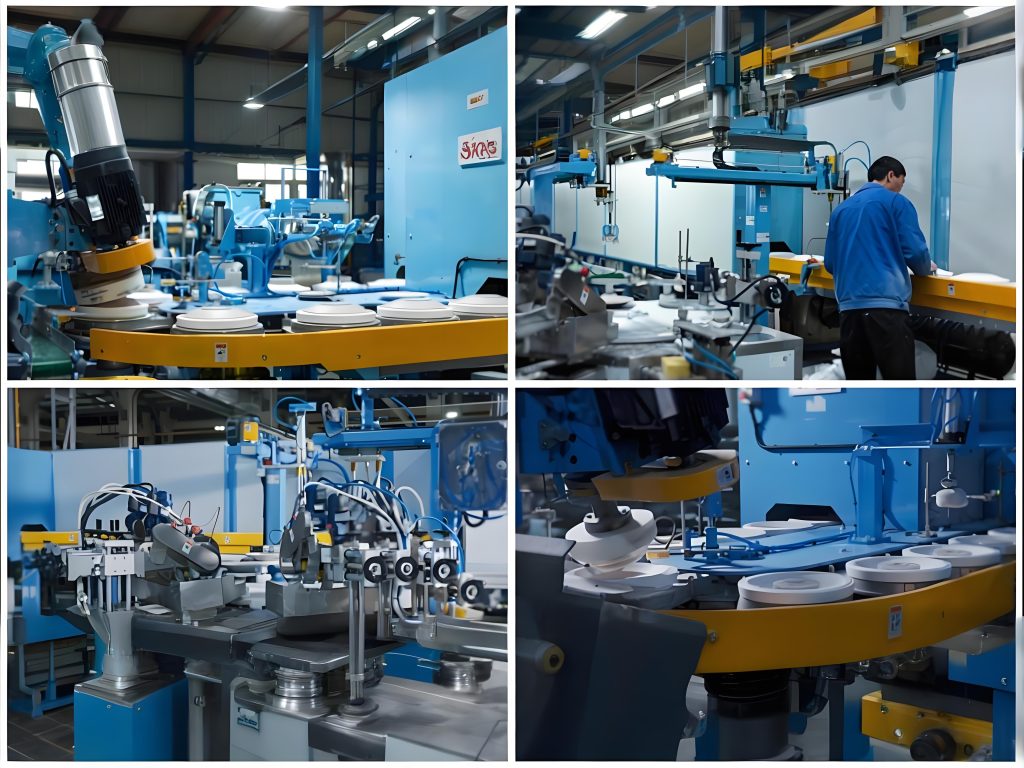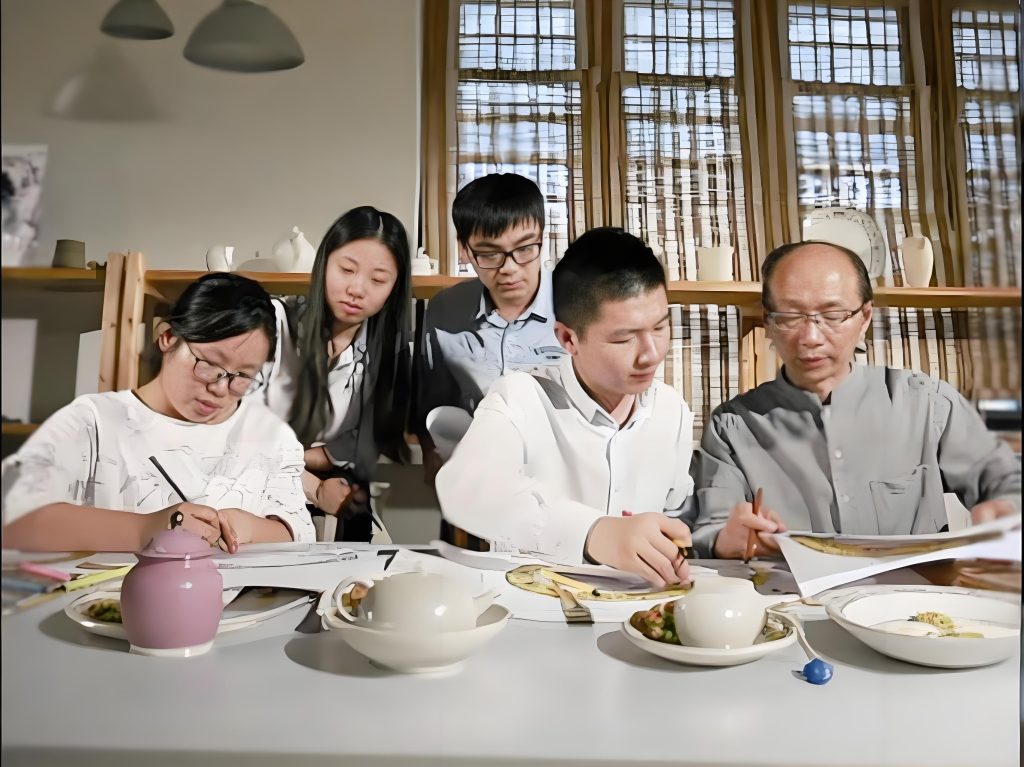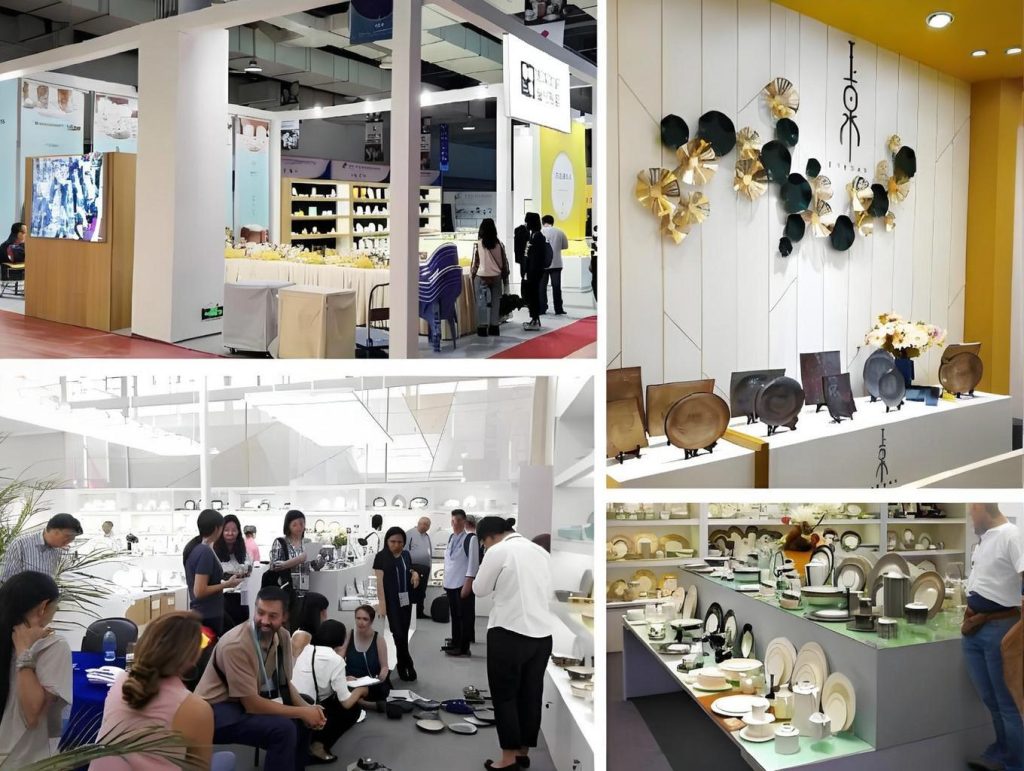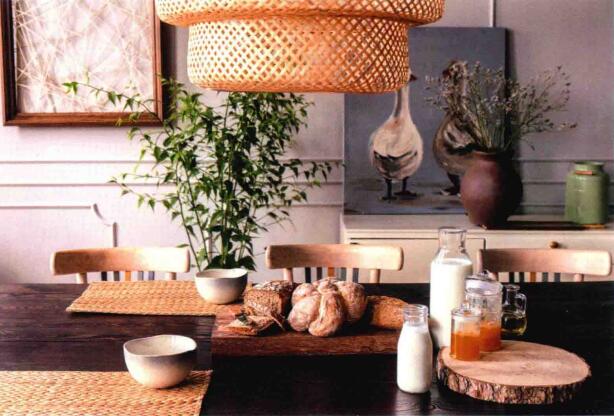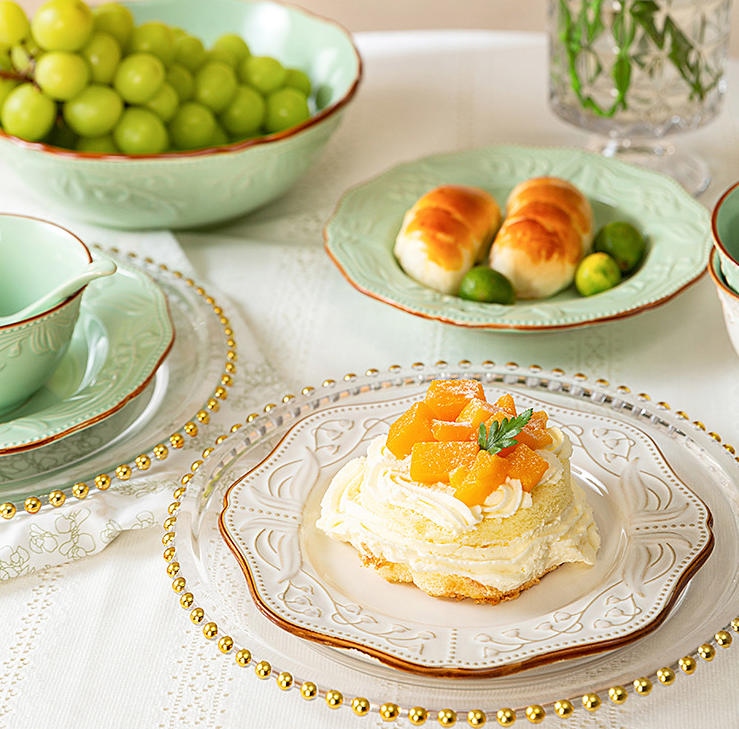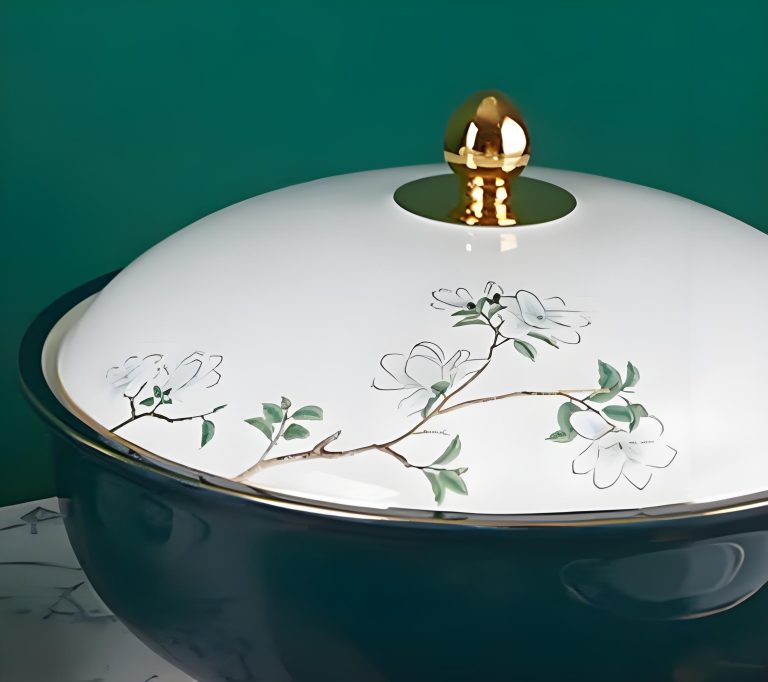The Warmth and Stories Behind Military Tableware
Opening: When Lobster Became “Poison”
Imagine this scene: you just walked into the military mess hall. A long line of officers stretches from the door. Enticing seafood aroma fills the air—lobster today!
This isn’t some Hollywood movie scene. It’s a real experience shared by a Reddit veteran. At Fort Meade, Maryland, that “best mess hall ever” run by the Air Force served South African rock lobster tails. All officers swarmed in. However, this veteran, raised by the sea, immediately spotted problems with those lobsters on heating plates. Seafood must stay above 160°F for safety. Those tiny alcohol burners couldn’t reach that temperature.
The result? Next day the office was empty. Everyone who ate lobster took sick leave for food poisoning. This veteran and two Jewish colleagues (who don’t eat shellfish for religious reasons) became the office’s only “survivors.” They proudly enjoyed the empty day.

Evolution from “Meat Cans” to Modern Meal Trays
19th Century: The Bring-Your-Own-Stuff Era
Military tableware history, like the military itself, is full of pragmatism. During American Revolutionary War, Continental Army soldiers solved eating problems themselves. They stuffed any available pots and pans into canvas knapsacks. Even backpacks weren’t standardized then. Not until 1851 did the U.S. military standardize linen knapsack specifications.
Pretty interesting actually. Soldiers back then were like today’s backpackers. They had to prepare their own “mess kit.” Except they faced real battlefields. Not Instagram camping photos.
Civil War Era: The “Legend” of Hardtack
By Civil War, military tableware started taking shape. In 1858, the U.S. military began issuing standardized tin canteens. With concentric circle impressions for structural strength. Soldiers could still use their own cups, plates, and utensils.
But what really impressed wasn’t tableware. It was what they ate. Imagine daily 20 ounces beef, 22 ounces flour, 7 ounces potatoes… Sounds decent? Wait. Late war, these fresh ingredients all became jerky and that famous hardtack.
How “legendary” was hardtack? Recipe simple to extremes: flour + water + pinch of salt (if you want “luxury version”). The resulting crackers were hard enough for bricks. Could last years without spoiling. Museums still preserve Civil War hardtack. Proves how “durable” it was.
Confederate soldiers had it worse. Sea blockades meant no coffee. They could only brew “coffee” from dandelions, chicory, acorns. Think about today’s specialty coffee culture. Real coffee then was pure luxury.
Western Expansion: Mysterious “Meat Can” Debuts
In 1878, the U.S. Army Equipment Board offered an interesting solution: meat cans. These small iron boxes held raw meat. Prevented grease from soiling backpacks. But quickly, 1874 saw replacement by an oval metal mess kit. Two oval plates locked together. Handle clasped to become sealed container.
This design was industrial design exemplar! Concise, practical, durable.
Modern Turning Point: From “Mess Kit” to MRE
World War II through Vietnam, that classic military mess kit design never changed. Deep pot + shallow lid (doubles as plate). 1942’s M-1942 mess kit was thicker than the 1932 version. Wider handle. Material upgraded from galvanized steel to stainless steel.
But the 80s changed everything. MRE (Meals Ready-to-Eat) appearance made traditional mess kits almost history. Why? Because you could heat food directly in packaging pouches. Eat and toss. Even saved dishwashing. For field troops, this was revolutionary progress.
Reddit Military Mess Hall “Life Portraits”
Air Force vs Army: Vastly Different Dining Experiences
In Reddit military sections, comparisons of service branch mess halls could write a “Military Culinary Journey.”
One Marine shared his experience “infiltrating” an Air Force mess hall. Asked if he could use his meal card. Answer was “no problem.” Then he started looking for the queue. Searched forever but couldn’t find it. Why? Because Air Force mess halls are self-service. Take what you want. No queuing at all!
By comparison, Army mess halls were different vibes. One user recalled: “Food was actually decent. Servers were great, kindly asking ‘what do you want, honey?’ But some ‘demons’ nearby yelling to finish eating in 30 seconds…”
Those “Dark Cuisine” Years
One of Reddit’s most interesting discussions was military camp “bizarre dishes”:
“Seafood Medley” (around 2006): A Pennsylvania National Guard veteran recalled this dish. Couldn’t recognize anything except noodles. He suspected the cook misunderstood the name. Not “Sea Food Medley” but “See Food Medley.” First chew all protein then add noodles.
Military-style “Japanese Yakisoba”: Actually just pasta + ground beef + ketchup. No relation to real yakisoba. But strangely, many veterans were nostalgic for this dish. One user said: “Actually pretty good with hot sauce.”
“Chicken Cordon Bleu” Phenomenon: Possibly one of world’s strangest phenomena. You only saw chicken cordon bleu in military mess halls. Never on any restaurant menus. This 70s-style dish couldn’t be found anywhere except military camps.
Hidden Functions of Modern Military Tableware
Not Just Tableware, But “Family Heirlooms”
Interestingly, many veterans engrave personal information on tableware. Collectors found military tableware often shows soldiers’ names, unit numbers. Some even specifically photographed with their mess kits. In that pre-smartphone era, a personally engraved mess kit might be a soldier’s most precious personal item.
Modern tableware manufacturers designing military products must consider not just functionality and durability. Also soldiers’ emotional needs. After all, in military camps far from home, a warm meal often matters most.
Evolution from Aluminum Alloy to Titanium Alloy
Modern military tableware offers more material choices. Aluminum alloy is light and cheap. Titanium alloy is stronger and lighter (though expensive). Even high-temperature resistant silicone versions exist. But regardless of material upgrades, basic design principles remain unchanged: lightweight, sturdy, easy-clean, multi-functional.
Those Warm Details
Late-Night Mess Hall Warmth
One veteran stationed in Kuwait recalled. The midnight shift grill master at Camp Arifjan always “added extras.” Added fried eggs to your burger. Or made grilled cheese sandwiches. These small warmths beyond job duties were often the most precious military life memories.
Holiday “Luxury”
Thanksgiving and Christmas, military mess halls served lobster and steak. Though possibly not Michelin restaurant standards. For soldiers far from home, this was holiday warmth. One veteran wrote: “That might be the best Thanksgiving dinner I ever had. Not because of the food itself. But because of the brothers sitting beside me.”
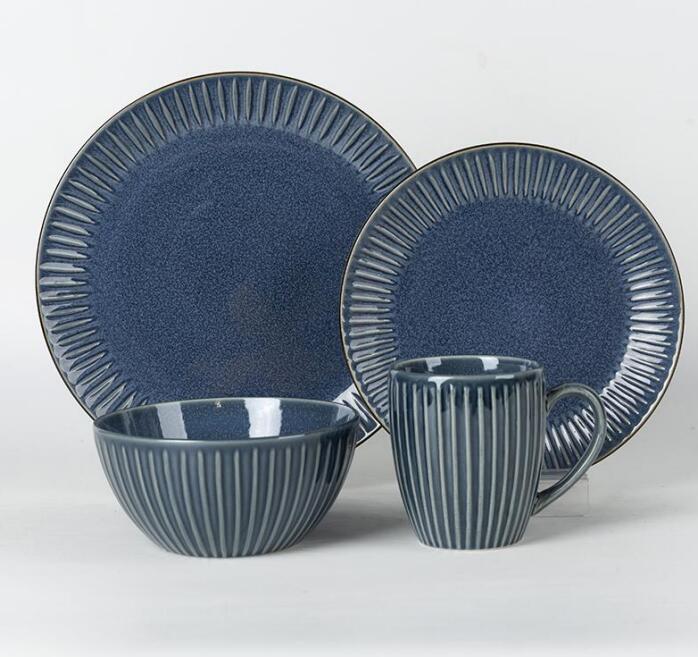
Conclusion: Iron Tableware, Flowing Stories
From 1872’s first military “meat can” to today’s MRE. Military tableware evolution history is actually a miniature military technology development history. Each improvement aimed to maintain soldiers’ strength and morale in harsh environments.
But what moved me most were the warm stories hidden behind cold metal. The Fort Meade lobster incident showed us subtle relationships between officers and soldiers. Late-night mess hall extra burgers let us feel comradeship. Names engraved on tableware witnessed generations of military youth.
Perhaps as one Reddit veteran said: “Military food might not be most delicious. But those meals eaten with brothers are my life’s most unforgettable taste.”
Sometimes the best tableware isn’t the most expensive. It’s the set carrying the most memories. In this sense, those seemingly cold military mess kits never just held food. They held youth, friendship, and those years endured together.
If you have any questions or need to custom dinnerware service, please contact our Email:info@gcporcelain.com for the most thoughtful support!

